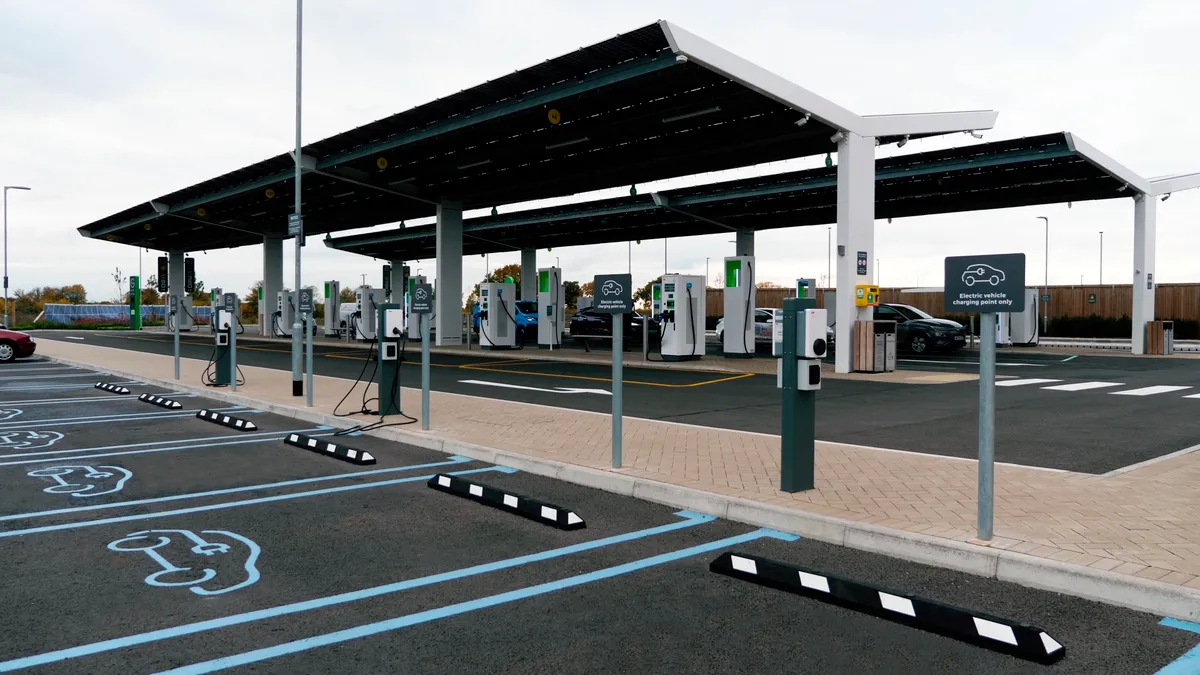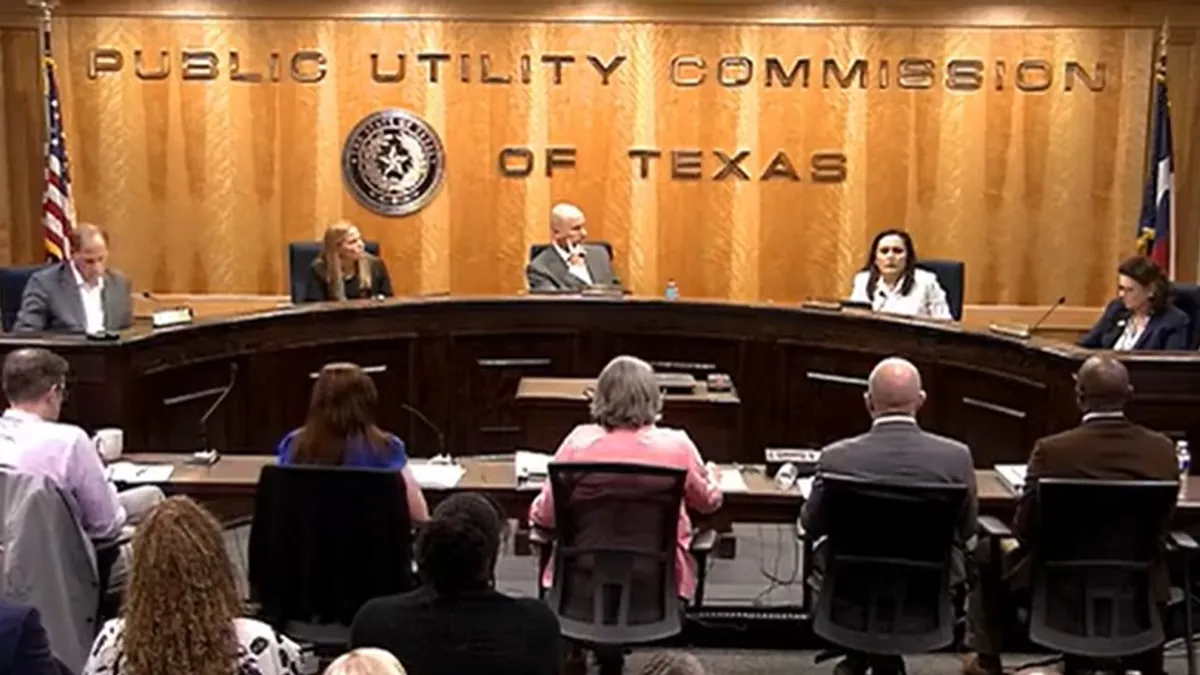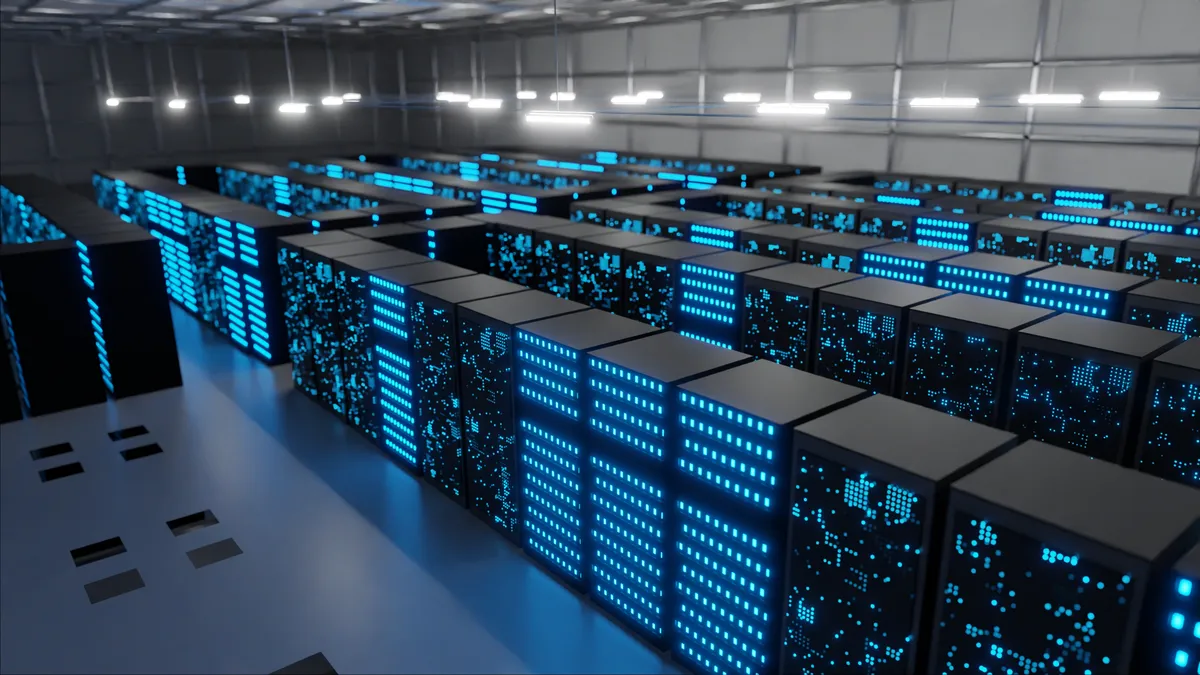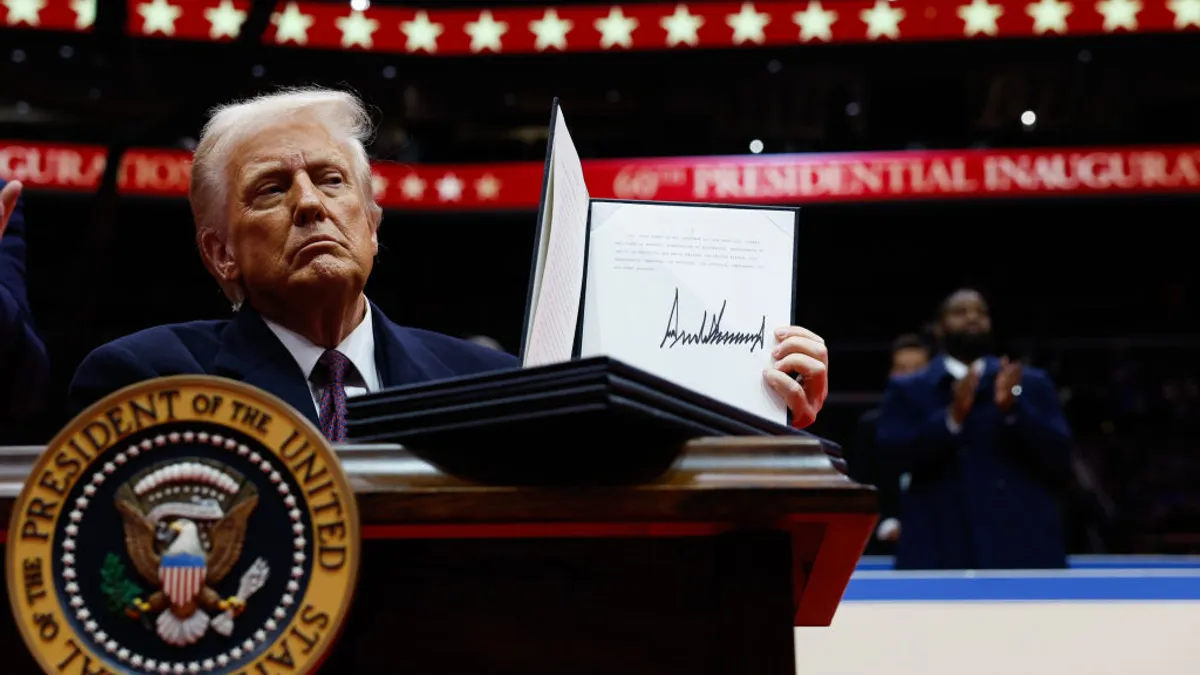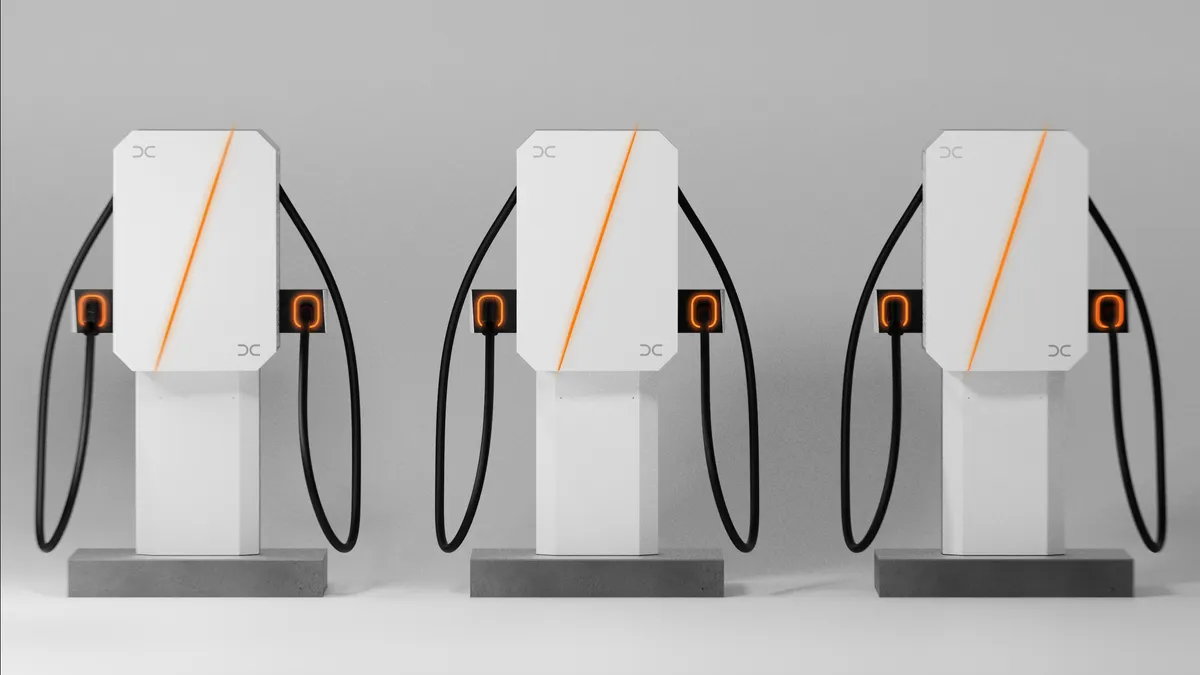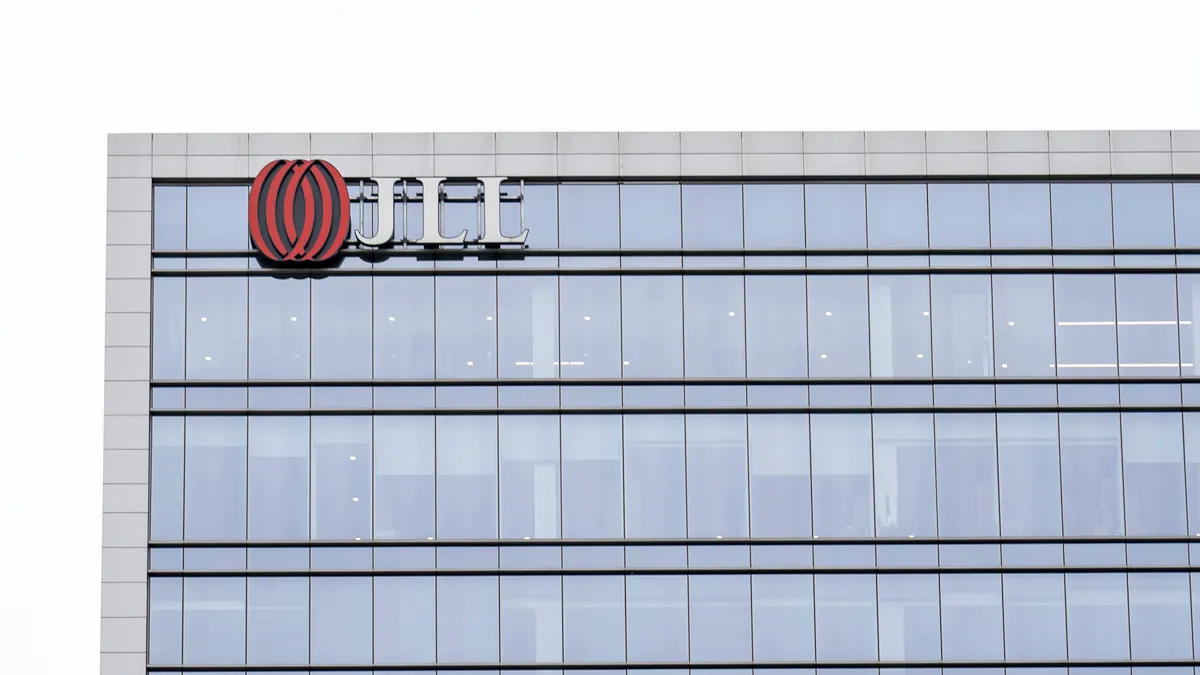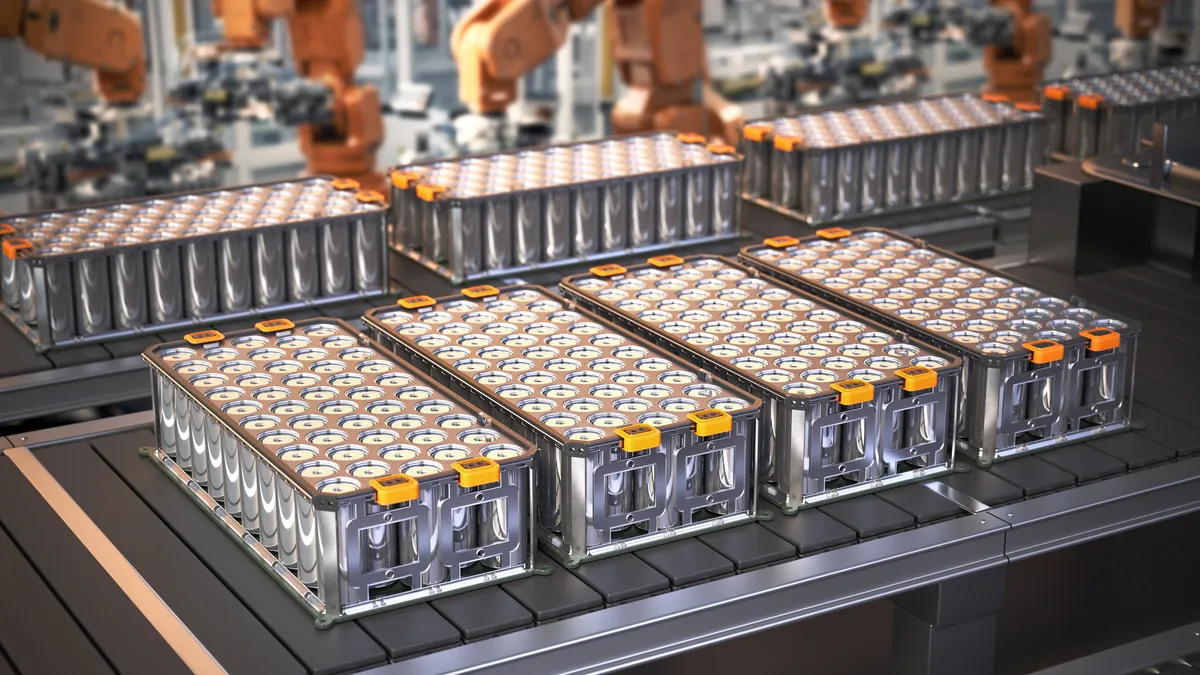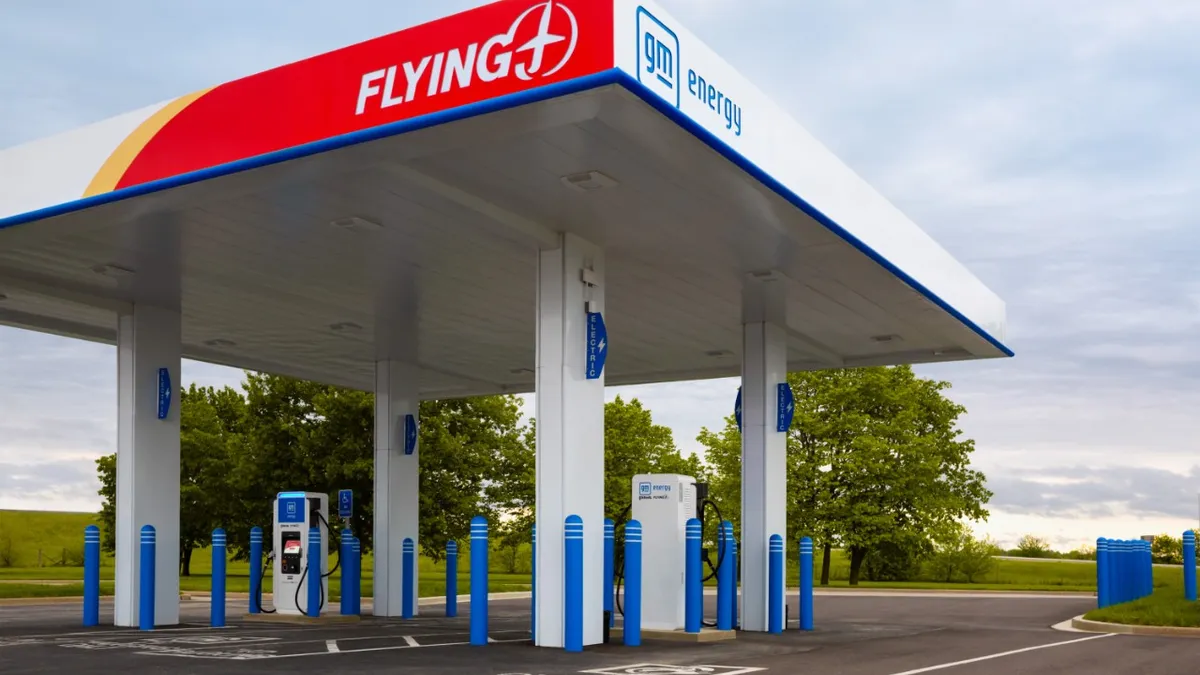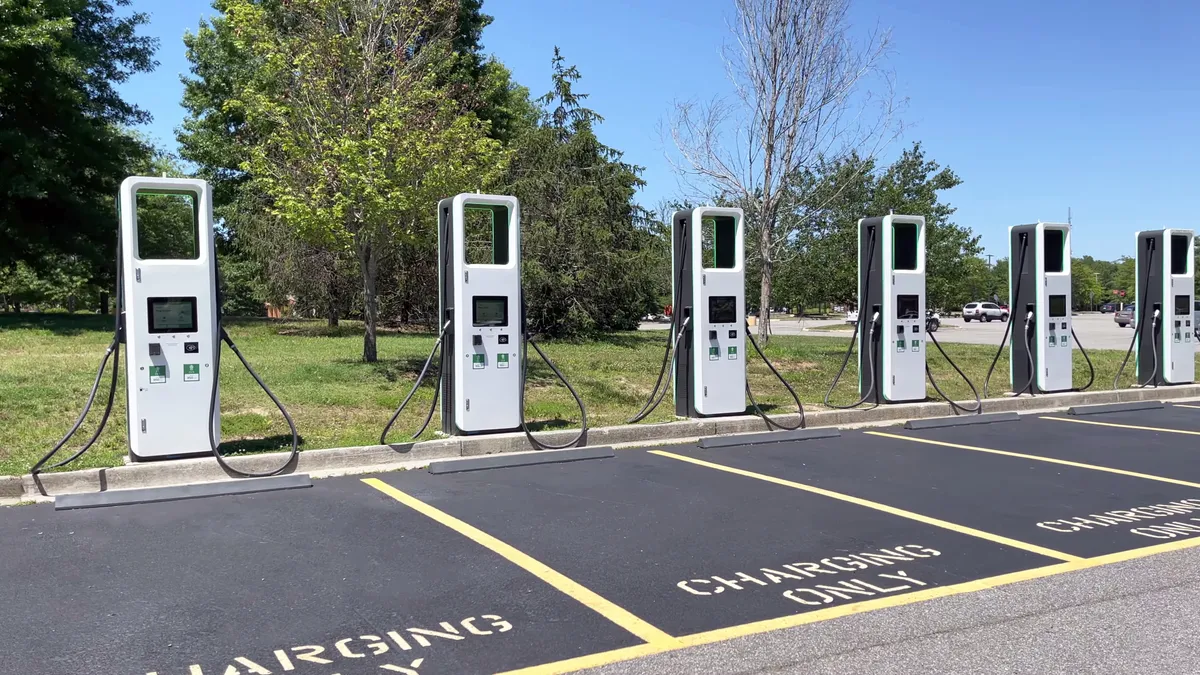Automakers, clean-vehicle advocates, environmentalists and others have expressed concerns about several electric vehicle provisions in the Inflation Reduction Act, the climate and healthcare legislation President Joe Biden signed into law on Aug. 16.
The act contains $386 billion for energy and climate-related programs, including an extension and modification of the $7,500 electric vehicle tax credit. The law adds a $4,000 credit for the purchase of used EVs along with tax credits for the purchase of commercial medium- and heavy-duty trucks and credits for home and commercial EV charging installations in rural and lower-income communities.
While many have applauded the extension of the EV tax credits, the new domestic manufacturing, assembly and procurement requirements face criticism from multiple stakeholders.
Purchasing incentives only for EVs made in North America
The legislation stipulates that only EVs assembled in North America will qualify for the clean vehicle tax credit.
“As currently written, the material, component and assembly requirements in the Clean Vehicle Credit will immediately reduce (by a lot) the number of qualifying electric vehicles available to consumers for purchase with the tax credit,” said John Bozzella, president and CEO of the Alliance for Automotive Innovation, in a statement.
Only 21 vehicles are eligible for the credit between now and the end of 2022. No General Motors Co. or Tesla vehicles are eligible for the remainder of the year because the manufacturer sales cap, which those automakers have exceeded, remains in effect until Dec. 31. The Internal Revenue Service published updated guidance Aug. 16 on the clean vehicle credit to help consumers understand how the credit may apply to the vehicle they are interested in purchasing.
Content provisions “will not be easy” for EV manufacturers
The law also sets minimums for battery components to be manufactured or assembled in North America in order for a vehicle to be eligible for EV credits, with those minimums increasing over time. A further requirement, that critical minerals in batteries be sourced from countries with free trade agreements with the United States, begins at 40% in 2023 and grows to 80% by 2027.
Vehicles produced after 2023 must not contain any battery components manufactured or assembled by a “foreign entity of concern,” the law states. Vehicles produced after 2024 must not include any critical minerals extracted, processed, or recycled by a foreign entity of concern. Numerous entities in China and Russia are on the entity list, as published by the Commerce Department’s Bureau of Industry and Security.
An analysis of the act published by the Zero Emission Transportation Association stated that “Shifting our supply chains away from Asia to comply with these credit requirements will not be easy for the EV industry. Movement in this direction, however, has long been underway.”
Katherine Stainken, vice president of policy at the Electrification Coalition, said automakers have told her their main concern is with the critical minerals requirement. “It takes between three to five years to build and get a [minerals] processing plant up and running,” she explained, adding that auto manufacturers will need time to renegotiate some of the contracts they have with existing mines. Stainken said the crunch would come in 2025, when the provision regarding minerals takes effect.
Transit, micromobility left out of the climate law
The Inflation Reduction Act represents a pared-down version of the Democrat’s $3.5 trillion Build Back Better bill, leaving out many wish-list items.
Noa Banayan, PeopleForBikes’ director of federal affairs, wrote that the act “misses a massive opportunity by neglecting to invest in an electric bicycle tax credit and other critical initiatives to promote biking for transportation.”
Rep. Peter DeFazio, D-Ore., said in an emailed statement earlier this month, “Although I am disappointed this legislation does not include funding for transit and high-speed passenger rail, I am pleased to see many priorities I have championed as Chair of the Transportation and Infrastructure Committee included.”
It’s up to state and local governments
“What Congress has been able to do in this past year … is really forming a bigger, comprehensive picture of moving the United States towards transportation electrification,” said Stainken.
Alex Engel, senior manager for communications at the National Association of City Transportation Officials, said that most federal transportation funding flows directly to states and local entities, where the decisions are made about how those funds will be used, and that the outcome “relies on the right choices being made at all levels of government.”



